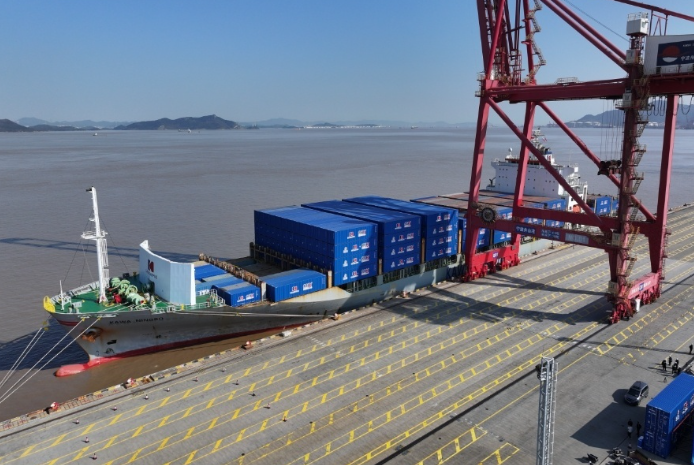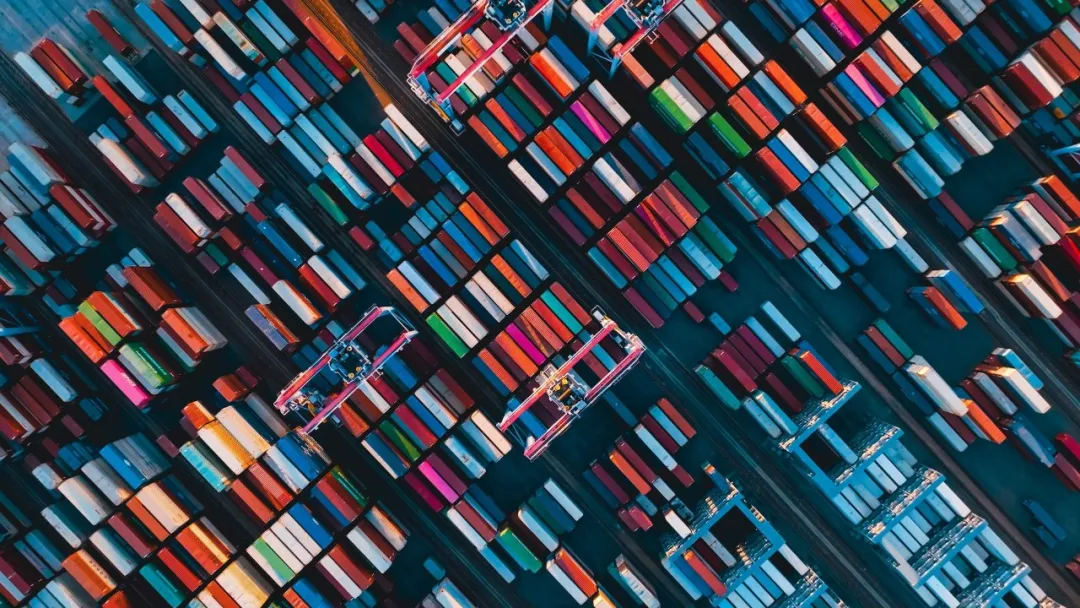On December 28, the National Emergency Operations Center of Peru issued a report revealing that the central and northern Pacific coast of the country is currently experiencing unprecedented abnormal ocean swells. These massive waves have not only fiercely impacted the coastline but also caused severe disasters, such as seawater flooding.
Preliminary reports indicate that 81 ports have been forced to close for safety reasons, resulting in a disruption of maritime traffic. The closures are affecting imports, exports, and transshipments, potentially causing cargo delays and increased transportation costs and uncertainties. Furthermore, the abnormal waves could damage port facilities, such as docks, warehouses, and handling equipment, leading to malfunctions or destruction. Damaged facilities require repairs, further impacting the normal operations and efficiency of the ports. As an important trading partner in South America, Peru's port closures could disrupt trade with neighboring countries and international markets.
In an even more critical development, around 20 fishermen have become trapped on their fishing boats due to the sudden storm and are awaiting urgent rescue operations by the military.
The Peruvian military has initiated an emergency rescue operation, deploying ships and helicopters to the affected area to search for the trapped fishermen and ensure their safety. The government is also mobilizing emergency supplies, including food, drinking water, and medical supplies, to meet the basic needs of residents in affected areas. Additionally, temporary shelters are being set up to provide accommodation for those who have lost their homes.
The report states that several coastal towns in Peru have been battered by massive waves for days, destroying infrastructure and posing direct threats to residents' lives. Numerous ships have been severely damaged or even swept away by the waves. Fishermen, unable to return to port due to port closures, remain stranded at sea in extremely dangerous conditions. Seawater flooding has occurred in many locations, submerging large areas of beaches and coastal towns, damaging homes and disrupting daily life. Some regions have also faced power and water outages, further aggravating residents' difficulties.
In a recent statement, the Peruvian Navy stated that the abnormal wave phenomenon is expected to continue until early January 2025. This means that coastal areas in Peru will continue to face threats from massive waves and seawater flooding, requiring ongoing precautions and response efforts.
The National Emergency Operations Center of Peru will strengthen monitoring and early warning systems for marine environmental factors, such as waves and tides, to improve the accuracy and timeliness of disaster forecasts. The government plans to invest more funds in coastal protection infrastructure in the coming years, including building breakwaters and reinforcing coastlines to mitigate the impact of waves on coastal areas.
The abnormal ocean swells and seawater flooding in the central and northern Pacific coast of Peru have had far-reaching impacts on international maritime transportation. These impacts go beyond port operations, shipping safety, and supply chain disruptions and could have long-term effects on trade relations and international cooperation.

Last
Direct China-Europe Shipping in Just 26 Days! The "Fastest Route" Between the Yangtze River Delta and Europe is Born
On the morning of December 30, the vessel Jia Hua Ningbo, loaded with domestically produced lithium batteries and cross-border e-c

Next
China has completed the construction of 52 automated terminals, setting a new milestone in its port development journey
This achievement not only underscores China's global leadership in port automation and intelligence but also marks the beginning o
